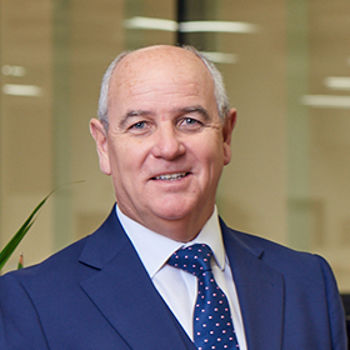Most people would agree that not since the Second World War has the care sector been under so much pressure to do so much with so little. Every corner of the industry has been affected by legislations introduced by the Government; certain areas in particular have felt the strain that these changes have resulted in. In 2015 alone, 72 care homes went out of business, with an estimated further 5,000 facing closure with the introduction of the Living Wage.
As a sector in the midst of a transition, care organisations are working hard to examine ways in order to compete most effectively and efficiently. But how best to decide the priorities to protect their future? We’ve taken the opportunity to develop a white paper launching later this week, which takes a high level view at the current state of social care in the UK, the impact of various legislative measures and discusses how technology addresses the changes in the sector.
Many people will remember the high profile collapse of Southern Cross in 2011, at that time the biggest company of its kind. The organisation’s financial instability caused it to fold, affecting 30,000 residents. Fast-forward five years and the situation hasn’t improved. In May, the BBC’s Radio 4 programme You and Yours, published a survey reporting that, as a result of climbing debt and diminishing profit margins, over a quarter of care homes face closure within the next three years.]
So what’s caused this bleak outlook? The sector is dealing with a number of challenges. Consistent, year-on-year cuts in funding have resulted in most care organisations struggling to manage and having some level of debt. The Living Wage, alongside measures introduced in The Care Bill 2014, will further diminish profitability, making the sector less attractive for investment and consequently resulting in further closures. Increased scrutiny is building around social care providers, expected to meet Quality Care Commission (QCC) standards with less funding; more will fail as a result.
So how can care providers respond to these challenges? For certain, technology is revolutionising care provision. At the delivery end in healthcare, there are some innovative, almost space-age examples; chips embedded in pill bottles that report whether people are taking their meds on time; wearables and telehealth now provide actionable insight to a patient’s well-being, 24/7. All great examples of how technology is making a difference and saving lives.
"One of the biggest problems facing care providers is managing the complex network of stakeholders, clients, staff and suppliers..."
"However, it’s at the more fundamental, functional operational side where technology can truly make the most difference in allowing care providers to gain competition edge. For example, one of the biggest problems facing care providers is managing the complex network of stakeholders, clients, staff and suppliers during this period of changing funding structures - whilst maintaining a good quality service. Even for those who manage all their processes electronically, there are few using innovative customer relationship management (CRM) solutions such as Microsoft Dynamics CRM to help them keep on top of the breadth of new contacts. In addition, we routinely find companies are still using a range of disparate systems, designed to handle specific tasks (finance, HR, sales), and hence operate in silos.
The simple integration of these functions can provide the kind of operational insight that can help providers quickly streamline processes and eradicate areas of wastage. Small and sensible changes in the way records are stored and accessed can and have revolutionised the way care teams work. By integrating their entire infrastructure, some organisations are transforming the way they provide care; mobilising community care through secure remote access to relevant data and maintaining records on the go whilst tracking ongoing care costs, centrally. In the next in this series of blogs, we’ll take a deeper look at the operational issues facing care providers."
George Thaw, Managing Director - Health & Care, Advanced

